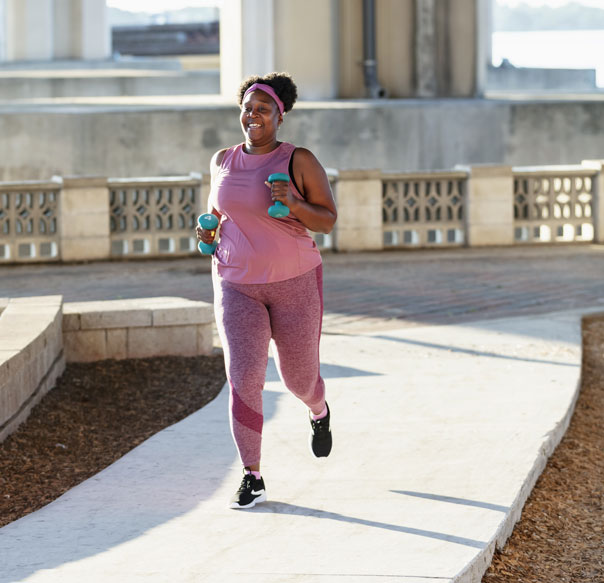The good news is simple lifestyle changes can help lower your risk of high blood pressure. Here’s how:
Be more active.
Try to get 2 ½ hours of moderate physical activity or 75 minutes of vigorous activity each week.
- Moderate activity includes: fast walking, bike-riding, water aerobics, mowing the lawn, and dancing.
- Vigorous activity includes: jogging or running, swimming laps, riding a bike fast or on hills, and playing basketball or tennis.


Eat the DASH way (Dietary Approach to Stop Hypertension).
- Choose foods rich in potassium (bananas, beans, potatoes, yogurt, fish).
- Eat more calcium-rich foods (milk, yogurt, cheese, greens, soy milk).
- Add magnesium-rich foods (nuts, seeds, whole grains, spinach, beans).
- Cut back on sugary drinks, sweets, and foods high in unhealthy fats.
- Limit salt to 2,300 mg per day (less for kids). High-sodium foods include deli meats, sausage, canned foods, fast food, and instant meals. Check food labels:
- 5% DV or less = low sodium
- 20% DV or more = high sodium
Reach and maintain a healthy weight.
- Extra weight makes your heart work harder and raises blood pressure.
- Even losing a small amount – like 5 to 10 pounds – can help bring your numbers down.
- Eating balanced meals, watching portion sizes, and staying active are healthy ways to reach and keep a good weight.




Share
Share this link via: